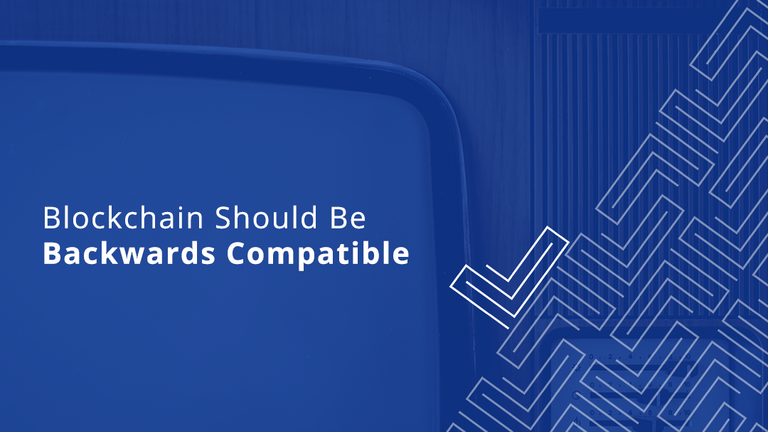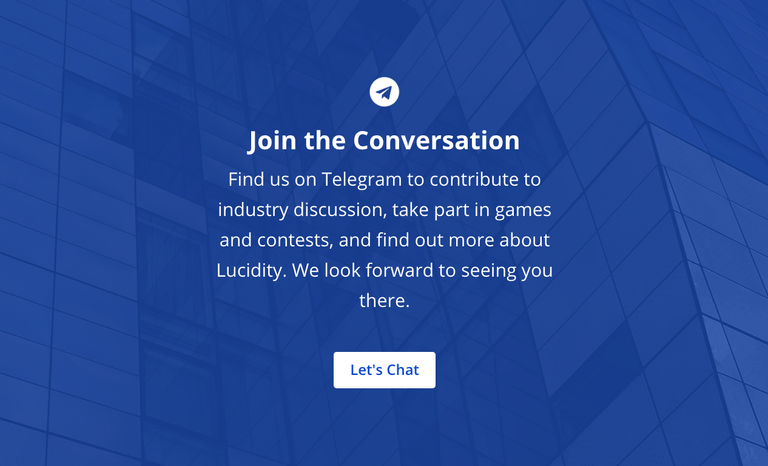
When my colleagues at Lucidity and I were conceiving a blockchain-based solution to bring transparency to digital advertising, we spent a lot of time talking about the trade-offs between attempting to replace the ad tech ecosystem, and attempting to shake it up by introducing new technology. We’ve worked in ad tech for years, so we know the ecosystem is cumbersome, fragmented, fraud-ridden, and costly to participate in.
That sounds like a compelling reason to create a new ad network or publisher network, as some other startups are doing.
On the other hand, the ad tech ecosystem supports a massive number of users, who’ve built their own systems and processes around it. Could they be convinced to switch to a different platform?
Lessons Learned
Thinking about that question brought me back to the beginning of my professional life some 20 years ago. As a junior consultant, my first project was helping a large financial services company create a single web-based dashboard for its call-center applications.
The company had spent hundreds of millions of dollars building an infrastructure to collect, organize, and access its customer, merchant, and transactional data. Some systems were on legacy mainframes, others on databases like DB2, and the newest ones on SQL databases. And they all had separate interfaces, which call-center reps had to toggle between to give customers the right information and support.
Learning all this in the early days of the project, my first thought was that all the old infrastructure should be replaced with a modern back end. As I talked with the systems engineers, though, I realized that replacing the infrastructure would be an unnecessarily expensive, time-consuming approach to enhancing customer service.
The dashboard that we built gave call-center reps a single reliable source for all the information they needed. It was slow and a little buggy at first, but it was much easier for reps to use, and it immediately led to big improvements in customer service. Replacing the back-end infrastructure could wait.
A Broken Ecosystem
That situation has much in common with where ad tech is today. Its back-end infrastructure — the ad-tech ecosystem — has well-known flaws. Lucidity could try to solve all those flaws at once, by building a new infrastructure and trying to persuade companies to switch all their systems over. (That’s what some blockchain-based ad tech companies have set out to do, by building an ad network or a publisher network or both.)
Or we could focus on creating a technology that quickly delivers real improvements in one crucial area, namely advertising metrics, because it works with existing systems and is easy for advertisers and publishers to adopt.
Seamless Integration
My team and I have talked to advertisers and publishers about how they see things, and nearly all of them want a targeted fix that’s simple to integrate. They’ve spent millions of dollars creating tools and processes that work with the existing ad tech ecosystem, and let them reach large audiences. Few advertisers want to gamble on using a new network, when Facebook and Google already command vast audiences. No advertiser or publisher wants to scrap their technology assets and institutional knowledge and start over.
But advertisers and publishers would gladly adopt a new solution that fits in alongside their existing suite of technologies.
So we’ve chosen to make the Lucidity platform seamless for advertisers and publishers. For DSPs and SSPs, integrating Lucidity’s service will be as simple as any of the hundreds of integrations they already have.
Our solution doesn’t encroach on anybody’s revenue model. Nor does it pose a threat to DSPs, SSPs, data providers, advertisers, or publishers.
It is designed for one highly valuable purpose: bringing transparency to advertising metrics, an area where the Facebook-Google duopoly uses its scale to rig metrics in their favor.
The technology industry evolves so fast that it’s rare to be able to apply lessons from an earlier era to the present one. But in this instance, I’m glad to have the benefit of past experience.
Building Lucidity to be backward-compatible with the ad tech ecosystem gives advertisers and publishers the function they want, without any integration headaches. And with a team of my most capable and trusted colleagues, Lucidity is moving fast to create the platform and bring it to market.







Hi! I am a robot. I just upvoted you! I found similar content that readers might be interested in:
https://blog.kr8os.com/blockchain-should-be-backward-compatible-75398a7d575e